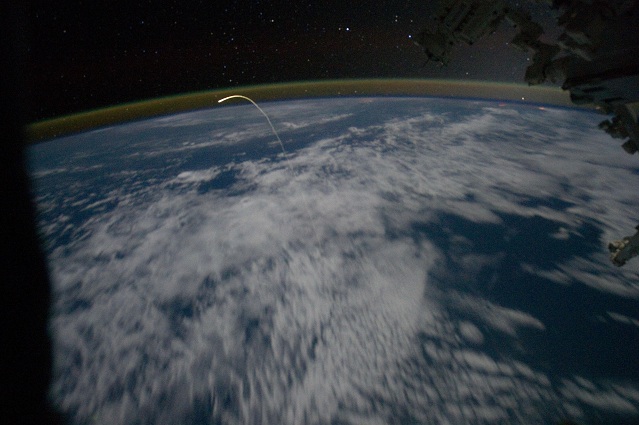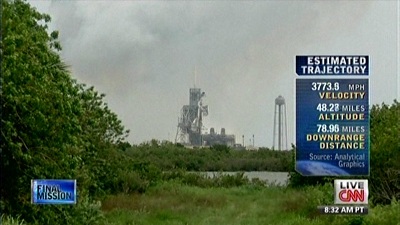As I’ve been asked about this more than once before, I thought I’d write down an answer to a simple question concerning the Pioneer spacecraft: if the “thermal hypothesis”, namely that the spacecraft are decelerating due to the heat they radiate, is true, how come this deceleration diminishes more rapidly, with a half-life of 20-odd years, than the primary heat source on board, which is plutonium-238 fuel with a half-life of 87.74 years?
The answer is simple: there are other half-lives on board. Notably, the half-life of the efficiency of the thermocouples that convert the heat of plutonium into electricity.
Now most of that heat from plutonium is simply wasted; it is radiated away, and while it may produce a recoil force, it does so with very low efficiency, say, 1%. The thermocouples convert about 6% of heat into electricity, but as the plutonium fuel cools and the thermocouples age, their efficiency decreases (this is in fact measurable, as telemetry tells us exactly how much electricity was generated on board at any given moment.) All that electrical energy has to go somewhere… and indeed it does, powering all on-board instrumentation that, like a home computer, ultimately turn all the energy they consume into heat. This heat is radiated away, and it is in fact converted into a recoil force with an efficiency of about 40%.
These are all the numbers we need. The recoil force, then, will be proportional to 1% of 100% − 6% = 94% plus 40% of 6% of the total thermal power (say, 2500 W at the beginning). The total power will decrease at a rate of \(2^{-T/87.74}\), so after \(T\) number of years, it will be \(2500\times 2^{-T/87.74}\) W. As to the thermocouple efficiency, its half-life may be around 30 years; so the electrical conversion efficiency goes from 6% to \(6\times 2^{-T/30.0}\) % after \(T\) years.
So the overall recoil force can be calculated as being proportional to
$$P(T)=2500\times 2^{-T/87.74}\times\left\{\left[1-0.06\times 2^{-T/30.0}\right]\times 0.01+0.06\times 2^{-T/30.0}\times 0.4\right\}.$$
(This actually gives a result in watts. To convert it into an actual force, we need to divide by the speed of light, 300,000,000 m/s.) With a bit of simple algebra, this formula can be simplified to
$$P(T)=25.0\times 2^{-T/87.74}+58.5\times 2^{-T/22.36}.$$
The most curious thing about this result is that the recoil force is dominated by a term that has a half-life of only 22.36 years… which is less than the half-life of either the plutonium fuel or the thermocouple efficiency.
The numbers I used are not the actual numbers from telemetry (though they are not too far from reality) but this calculation still demonstrates the fallacy of the argument that just because the power source has a specific half-life, the thermal recoil force must have the same half-life.




